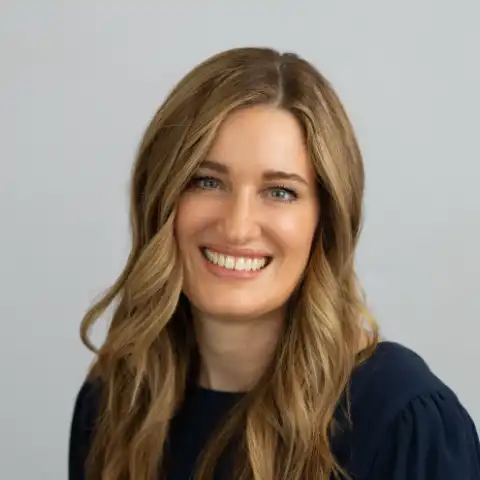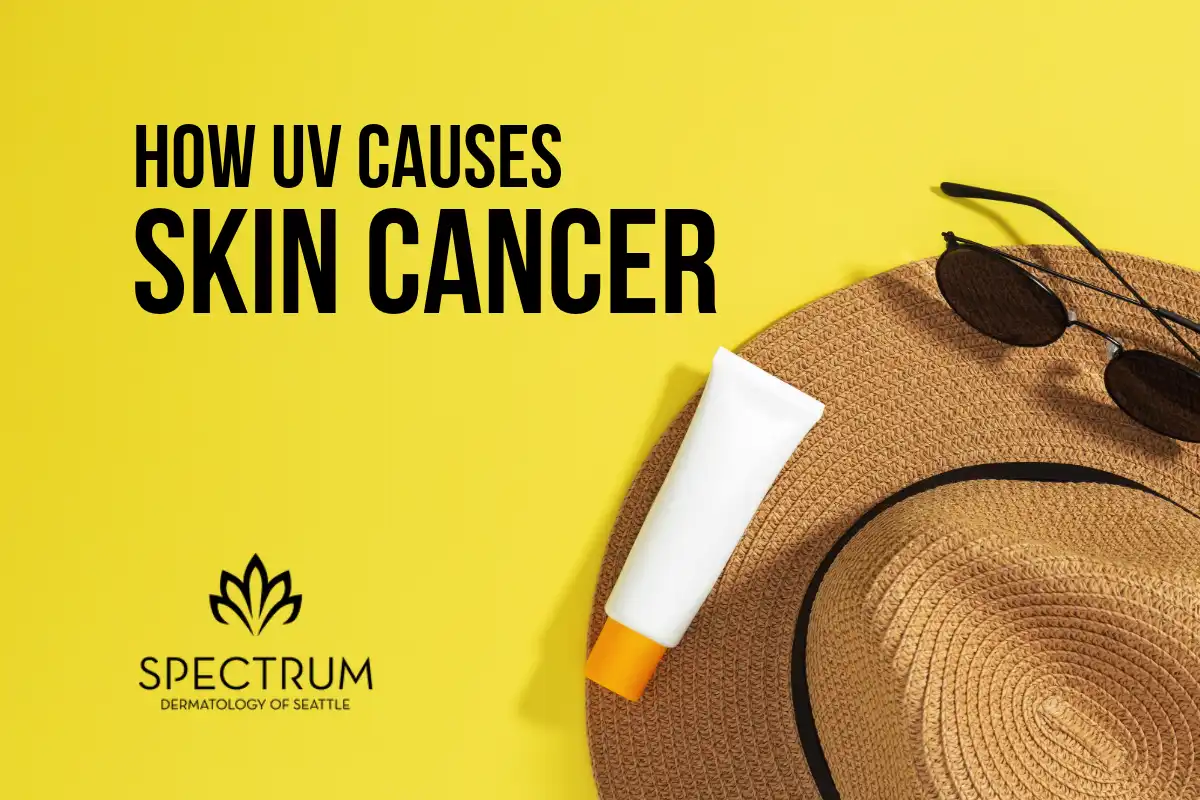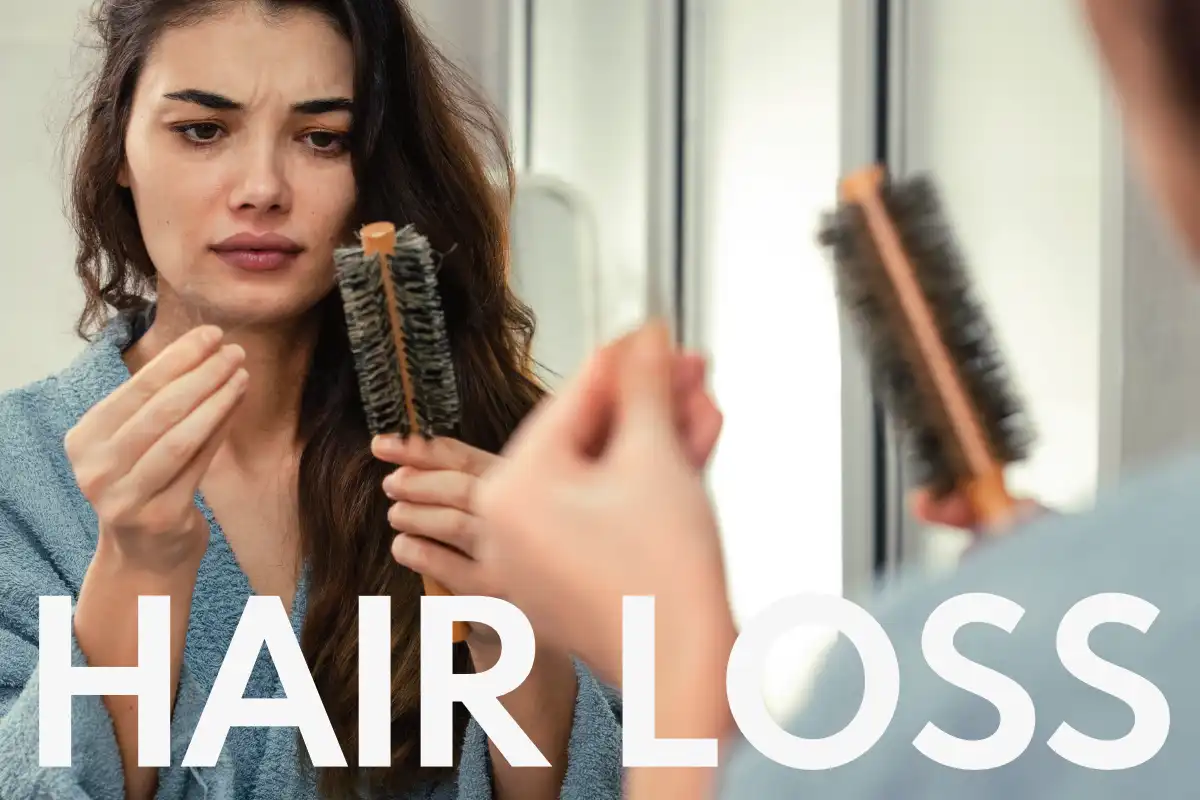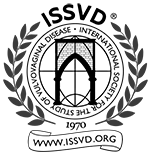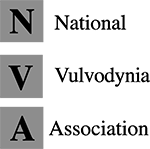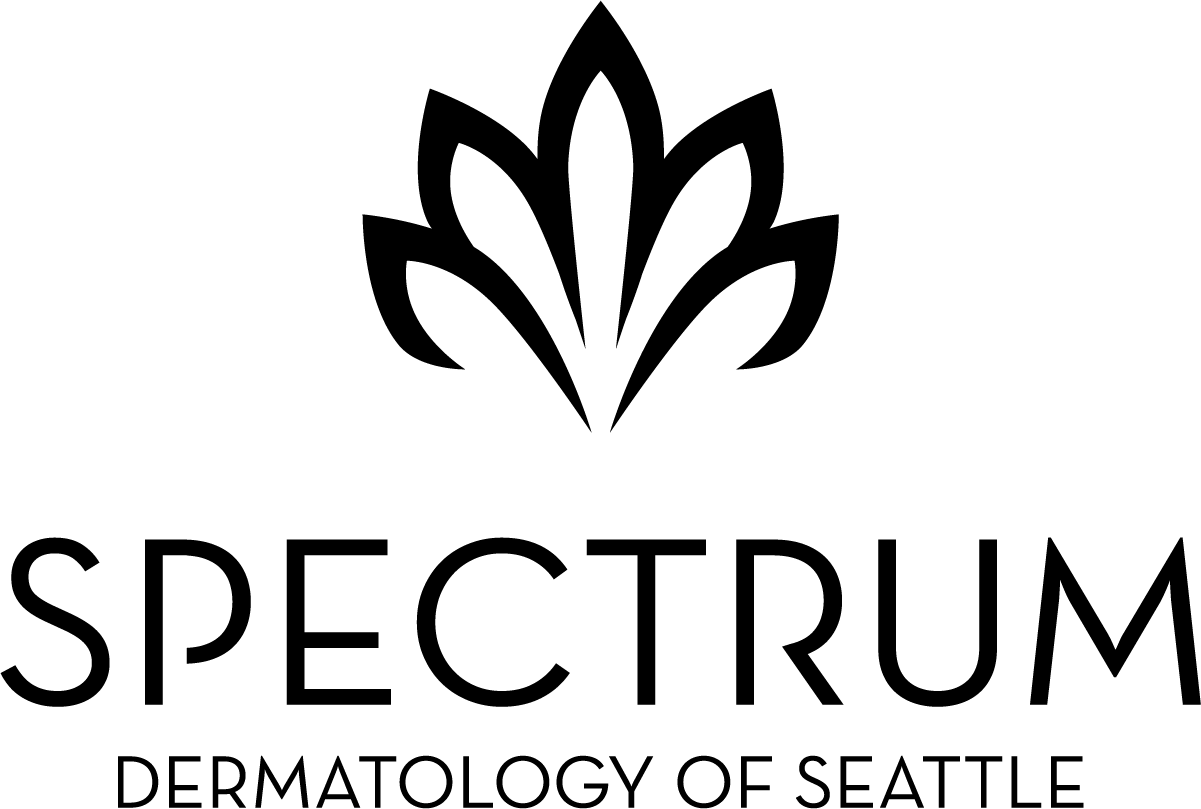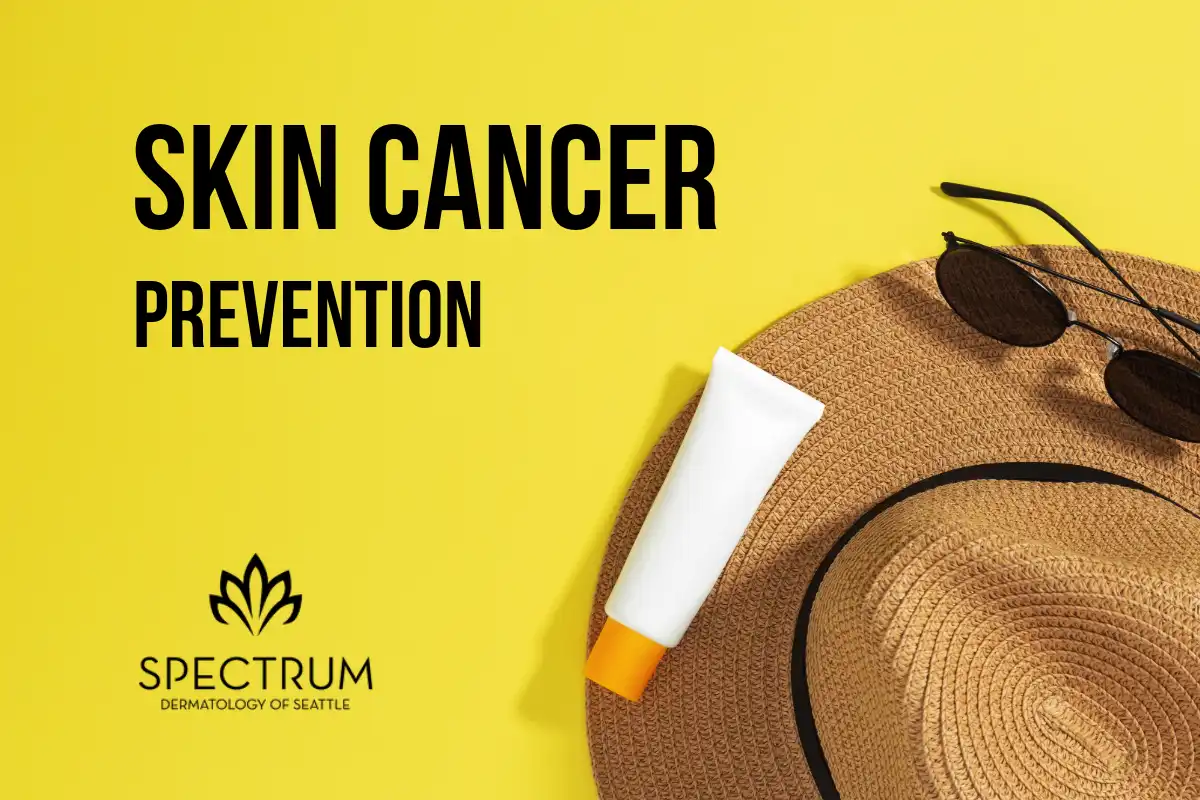
Now that we have explored the risks of skin cancer and the ways in which sun exposure damages the skin, it's a great time to learn more about prevention. The good news is, sun safe behaviors work. Good sun protection practices reduce radiation damage to the skin, therefore reducing the risk of skin cancer, as well as reducing photoaging in the form of wrinkles and brown spots. To be most effective, sun safety should be practiced year round, at all ages. It's never too early or late to start good sun safe habits.
Sun safety starts with sun avoidance - reduce time in the direct sun to reduce risk. This means seek shade, and avoid outdoor activities during the midday hours when UV radiation is strongest. Cover skin with clothing, UV protective if possible, and wear broad-brimmed hats, and sunglasses.
Wear sunscreen every day. The kind of sunscreen used and the way it is applied are important details that affect the benefit, but consistent use is even more important. Choose a sunscreen with SPF of at least 30, that is water resistant if exercising or in water, and broad spectrum. Mineral-based sunscreens are best, so look for zinc oxide as the primary ingredient, at around 10% or greater. Mineral sunscreens are safer and more effective. Zinc oxide offers the broadest protection of any ingredient against the damaging UVA rays. Chemical sunscreens will prevent burning by protecting against UVB, but they cover only a small part of the UVA spectrum, leaving the rest to be absorbed by skin. You may notice this in the form of tan (and tan = damage).
Apply sunscreen at least 15 minutes before going outside (to allow sunscreen time to bond with the skin). Reapply sunscreen every 90-120 minutes, and after swimming. Use a generous amount of sunscreen. The average person applies about 25% of the amount of sunscreen needed to achieve the SPF on the bottle, so use more than you think you need to. One ounce (the amount in a shot glass) is needed to cover the average adult male, more or less for larger or smaller persons.
A special word about sprays: sunscreen sprays offer a convenient way to apply sunscreen, but in order to work they still need to be rubbed into the skin in order to bond with the skin. Also keep in mind that most sprays are chemical based and therefore offer inferior protection. There are some great mineral spray sunscreens available, including one from Elta that is easy to apply, water resistant, and has a very light feel on the skin.
I believe in a sunscreen wardrobe. If you have only one sunscreen you like and you wear it every day, that's great. Some people like to have different sunscreens for daily wear, for beach days or exercise, and even for different areas of their body. Sunscreens come in lotion, cream, powder, stick, spray, and balm. They come in clear, and in a variety of different tints. Find sunscreens you like to wear, that feel and look good on your skin, and are easy to apply. The more you enjoy wearing it, the more likely you are to get into good daily habits with wearing it. If you're not sure where to start with finding a sunscreen, we have 46 different sunscreens in our store, and we’re happy to help you find some that suit you. For more details on SPF, sunscreen ingredients, safety, and proper application, see the resources listed below.
In addition to other sun protective measures, consider taking a supplement called Polypodium leucotomos. This plant-based antioxidant derived from a fern reduces the risk of skin cancer and sunburn, and protects the skin from the aging effects of free radicals from UV exposure (J AM Acad Dermatol. 2004;51:910–918.) This is often combined with nicotinamide, which reduces the risk of non-melanoma skin cancer by 23% in one study (Am Health Drug Benefits. 2015 Aug; 8(Spec Issue): 13–14.) Sunisdin and Heliocare are two such supplements, both available in our store. Although not a substitute for sunscreen, this is an important part of good sun protection.
And why not take your Heliocare or Sunisdin with coffee and reduce your skin cancer risk even more? Multiple studies have shown that drinking caffeinated coffee is associated with reduced risk of both melanoma and non-melanoma skin cancer. Each cup reduces risk by 5%, and the effect is dose dependent. More coffee = less skin cancer risk, up to a maximum reported reduction of 30%. Topical caffeine also has a beneficial effect, and can be found in many combination topical antioxidants. If you’re curious about how caffeine exerts this effect, see references below.
Skin cancer prevention cannot be discussed without addressing the dangers of indoor tanning. Indoor tanning increases the risk of all types of skin cancer with a dose-response relationship: the more tanning bed use, the higher the risk. And the cancer may be long delayed past the time of discontinuing tanning bed use. So tanning in your 20s increases your risk of cancer for life. A single tanning session before the age of 35 increases one’s lifetime risk of melanoma by 75%. That risk increases with the years of use, number of sessions, and a total time exposed. Tanning beds can be 10 times stronger than the sun. UV-induced tanning is the direct result of cellular and DNA damage, so there is no “safe” tanning. In 2009, the World Health Organization classified UV tanning beds as Class 1 carcinogens, the highest risk category. Indoor tanning is a massive, lucrative industry with billions of dollars of revenue every year in the United States. The industry has a powerful marketing and lobbying machine that downplays the risks of indoor tanning, and promotes the “benefits” including vitamin D production. Vitamin D is essential for health, but the vitamin D we get from our diet, either in the form of supplements or through foods rich in vitamin D, is as effective as vitamin D made by our skin through UV exposure. Humans have thrived for thousands of years in parts of the world low in UV exposure by consuming a diet rich in vitamin D. And that’s a good reminder: if you are practicing good sun protection, take a vitamin D supplement.
Skin cancer detection and prevention is my passion and my life’s work. The opportunity to educate my patients about skin cancer and sun safety is one of the best parts of my job. My hope is that what I have shared here helps you reduce your own personal risk of skin cancer. And if you have any questions, as always, please reach out or schedule a skin cancer screening.
Wishing you good skin health,
Paula D Zook, MD
Board Certified Dermatologist
Owner and Medical Director
Spectrum Dermatology of Seattle, PLLC
References:
Oral Polypodium leucotomos extract decreases ultraviolet-induced damage of human skin. J AM Acad Dermatol. 2004;51:910–918.
Mechanisms of caffeine-induced inhibition of UVB carcinogenesis. Front Oncol. 2013; 3: 144
Daily coffee consumption and prevalence of nonmelanoma skin cancer in caucasian women. Eur J Cancer Prev. 2007 Oct;16(5):446-52
